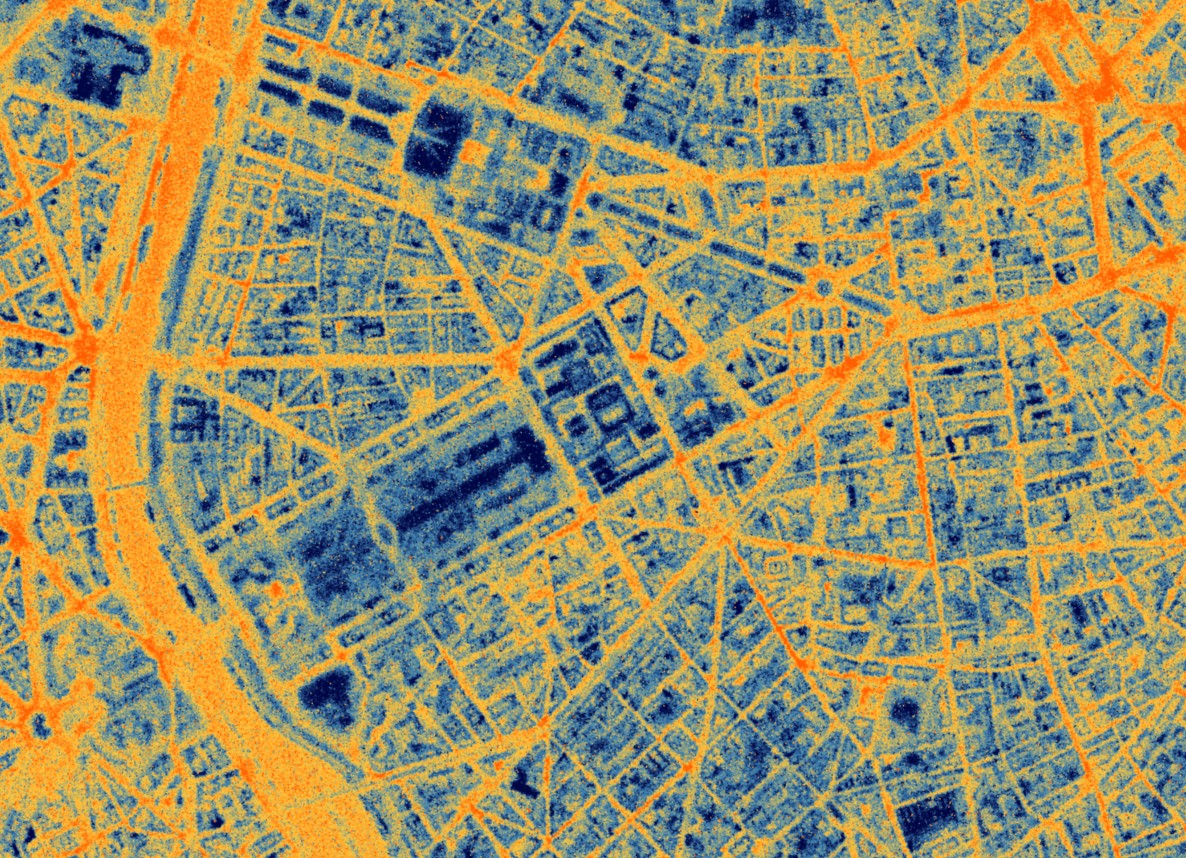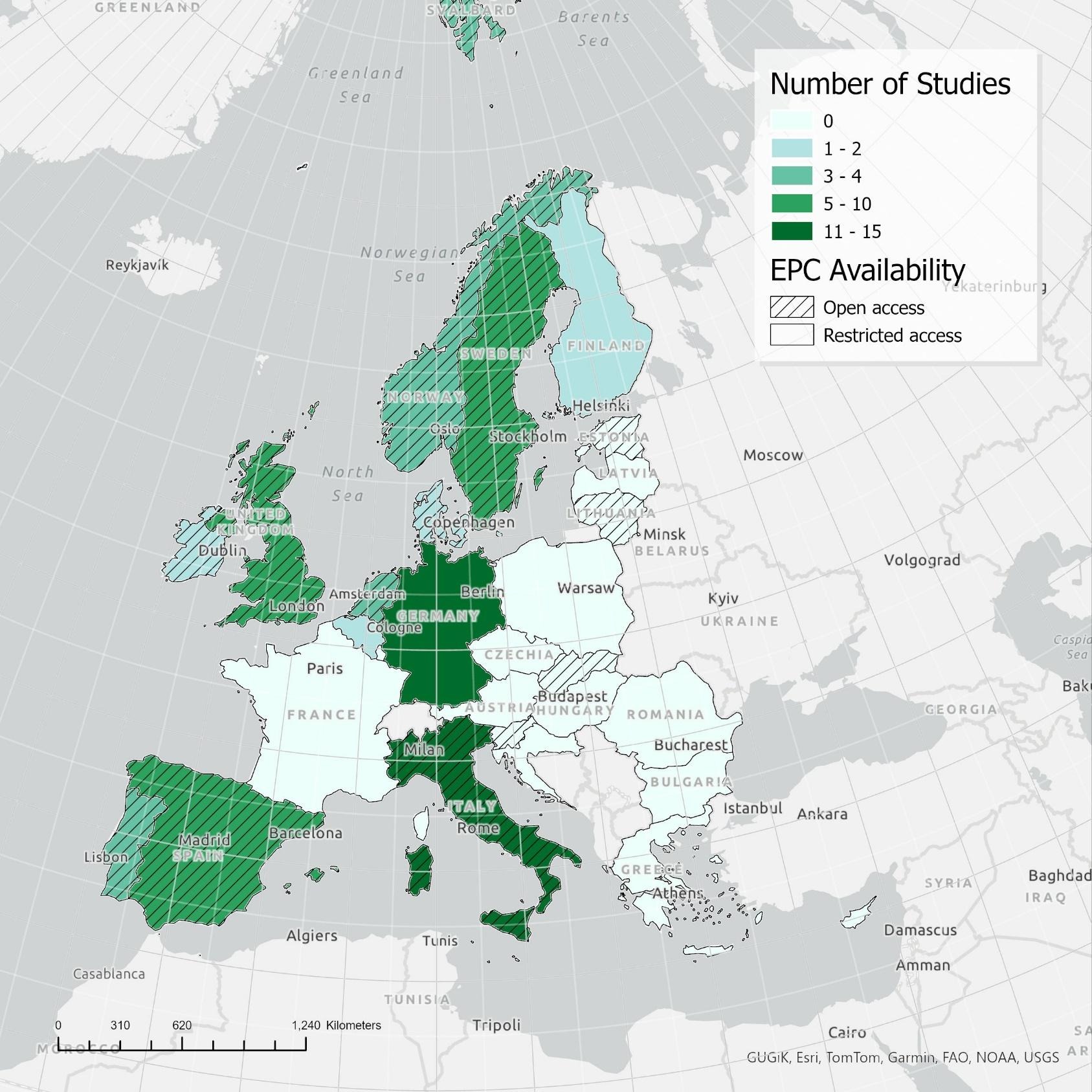Sensor-enhanced housing survey for urban heat investigation

The collaboration between UBDC and TBIJ originated from a small pilot study carried out by UBDC in the winter of 2021, supported by ESRC. In the first small scale pilot study, the UBDC Urban Sensing & Analytics team tested a range of affordable sensors in the indoor environment and tested the methodology to include low-cost sensors in a traditional social survey.
Although the initial pilot study mostly focused on methodology testing in the wintertime, investigative journalist Rachel Hamada from TBIJ reached out to UBDC and asked if it were possible to use the sensors for urban heat investigation. After constructive discussion, we decided to collaborate during summer 2023 on the London Southwark Heat Investigation project.
Drawing upon the experience from the first pilot study, we chose to use the commercialised smart citizen kit for this project. The reason we choose the smart citizen kit, designed by Fablab Barcelona, is because the sensor designer and producer have done a very detailed lab-based sensor calibration, software system correction, and validation. The sensor designer also provided the open-source 3D printing enclosures for their sensor and that helped further protect the sensors in the survey process.
The overall sensor data collection process, from late July to early September 2023, was smooth with local support from TBIJ colleagues in London. Besides the sensor data, TBIJ also collected several rounds of survey each week with the participants, including basic socio-demographic information and heat-health related questions. With the address information, we were able to link other open-source administrative data including the Index of multiple deprivation (IMD) data and energy performance certificate (EPC) data to the survey dataset. The combination of indoor sensor measurement data, EPC data, IMD data, and household survey data create a unique household picture and dataset to better understand urban heat inequality among all the participants.
In the initial data analysis, from September until December 2023, we mostly focused on the air temperature and relative humidity data, along with the housing characteristics and EPC information. Some general findings from TBIJ can be found here. Here I list some of the interesting results I found from the analysis.
Sustained heat stress
Figure 1 shows the household experienced the most intense heat stress among our participants. We can observe the heat stress index variation across the sensor measurement period, especially during the mini heat wave, and how the indoor temperature responses to the outdoor temperature. The outdoor temperature was obtained from a nearby local weather station in the Southwark area. Particularly during the heat wave, there was a period the household had a heat stress index higher than 32 Celsius Degrees, which is classified as extreme caution for the residents.

Fig.1 Heat stress index for house 36.
Communal heating
There are a couple of other findings from the initial analysis. The first is about the communal heating. In the survey data, only 25 households provided information about whether they have a communal heating system. Out of these, 15 households do not have a communal heating system. Among the 10 households with a communal heating system, only 5 of them can turn their heating off during the summer, while the other 5 have to live with the communal heating during the summer.
By doing a two-sampled t-test (Rogerson, 2019) and showing in Fig 2 and 3, we found a statistically significant mean temperature difference at 1.1 Celsius degrees between households without communal heating system and households that cannot turn the communal heating off. The households who cannot turn the communal heating off also experienced average 20% more for the sustained heat period during our monitoring time.
The sustained heat period here defined as more than 3 continuous days of average daily rolling mean temperature higher than 25 Celsius degrees. Since the use of communal heating system will be an effective solution for central heating for flats and help the UK to achieve net-zero carbon soon, it is important to ensure every user of the communal heating system can adjust the heating level appropriately and effectively.

Fig. 2 Mean temperature comparison for communal heating system.

Fig. 3 Heat periods percentage comparison for communal heating system
Housing energy efficiency and summer heating
We also explored how the housing energy efficiency matters during the summer heat period. In the UK, most of the attention has been given to improve the energy efficiency for winter heating. Since there is no air-conditioning system in the UK, the well-insulated houses can “trap” heat inside if there is no effective ventilation during the summer. Among 40 participants, we found out 33 households had EPC records (12 at B, 9 at C, 8 at D, and 4 at E). Our assumption is that the temperature in better energy efficiency houses (with higher EPC) will fluctuate less compared to those houses with poor energy performance.
Our measurements provide evidence for the assumption. In Fig 4, we found out the statistically significant difference of maximum temperature for EPC B and EPC E houses and the EPC E houses have almost 3 Celsius degree higher maximum temperature. That means those houses were influenced significantly by the mini-heat wave and their house will not be able to keep cool due to poor insulation. When looking at the minimum temperature, there is a statistically significant difference between EPC C/D houses and EPC E house at about 2.5 Celsius degree. The EPC E houses have much lower temperatures. This is a small benefit in the summer for those poorly insulated houses since these houses can cool down quickly as well during the night. In summary, housing energy efficiency improvement is still very important for all the UK housing stocks. If in the future UK houses need to deal with extreme heat and extreme cold weather at the same time, a better ventilation system and/or indoor AC system will be necessary in the summer.

Fig. 4 Maximum temperature comparison for different EPC houses.

Fig. 5 Minimum temperature comparison for different EPC houses
Mould detection
From the WHO guidelines, a building should maintain the relative humidity below 75% to limit fugal growth. The figure 6 shows one of the households experience extreme high humidity in their house over the monitoring period (Chapter 3.3, WHO guidelines for indoor air quality: dampness and mould), and it corresponded well with the TBIJ survey that this house experienced significant mould growth problems. This finding opens the door for using this type of indoor environment sensors to establish mould growth warning system.

Fig.6. Indoor temperature and relative humidity for house 35.
All the data used to generate figures in this blog can be found in the UBDC data service and the code can be found at the GitHub repository. In the open dataset there are many more information can be analysed such as the indoor air quality, CO2 level, and light/sound conditions.
We look forward to feedback and you can find out more information about our sensor-enhanced housing survey on our website. Next year we plan to collaborate with the ESRC Understanding Society Innovation Panel and UCL for a much larger scale sensor-enhanced housing survey of the entire UK. More data is in the pipeline!
UBDC will also be hosting a webinar in March 2024 exploring home-based sensor data for studying human health and fuel poverty using TBIJ collaboration dataset: https://www.eventbrite.co.uk/e/sensor-enhanced-housing-survey-tickets-771434660837?aff=oddtdtcreator
Reference
Rogerson, P. A. (2019). Statistical Methods for Geography: A Student’s Guide. SAGE.
Sensor-enhanced housing survey for urban heat investigation
Author: Dr Qunshan Zhao, Senior Lecturer in Urban Analytics, UBDC
Team: Dr Mark Livingston, Ms Congying Hu, Ms Yunbei Ou, Mr Mingkang Wang
Files
Latest news

UBDC support for Brazil's 'Map of the Peripheries'
The Urban Big Data Centre is joining a new partnership with Brazil’s Secretaria Nacional de Periferias, and the Humanitarian Open Street Map Team aimed at supporting the Map of the Peripheries project.
%201.svg)

European Space Agency funding UBDC and SatVu to develop Heat Loss Index
The European Space Agency (ESA) is funding a feasibility study, led by SatVu in collaboration with the University of Glasgow, to enhance the analysis of building energy efficiency.
%201.svg)

How investing in energy efficient homes pays back – twice!
New review on the impact of energy efficiency shows that more efficient properties are cheaper to run and worth more to sell.
%201.svg)
Jointly funded by
%20copy.png)
.png)



.svg)
.svg)




